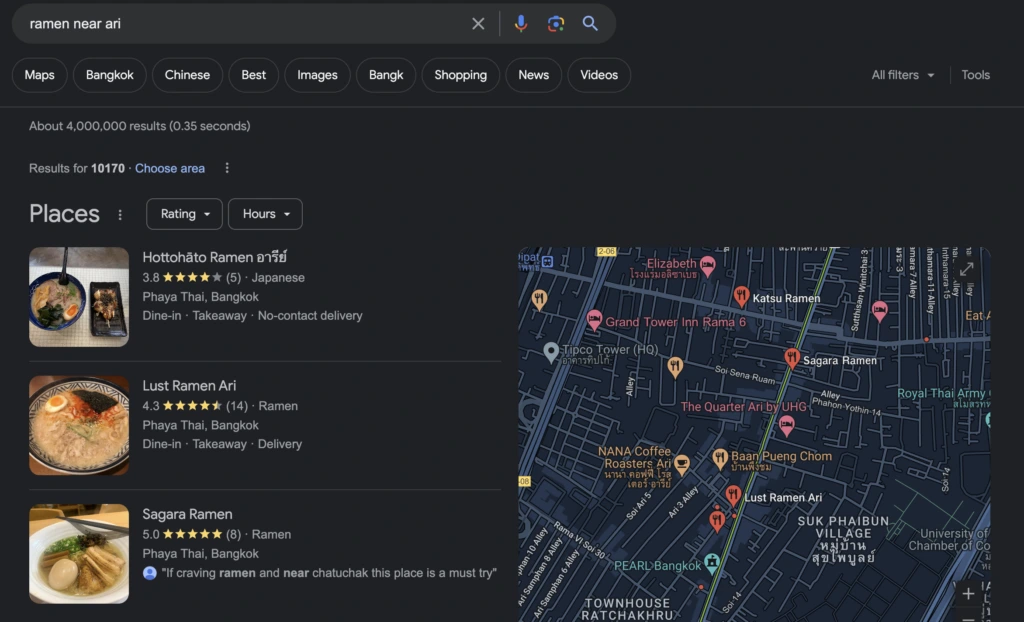Schema markup is a powerful tool that can significantly improve your website’s visibility in search engine results pages (SERPs). By providing additional structured data to search engines, you can help them better understand your content and display rich snippets, knowledge panels, and other enhanced features. In this blog, we will jump into the world of schema markup, exploring its benefits, its types, and best practices.
Understanding Schema Markup
Schema markup is a standardized vocabulary of tags that can be added to HTML code to provide additional context to search engines. It uses the schema.org vocabulary to categorize and structure data, helping search engines interpret and present information effectively.
Benefits of Schema Markup
Schema markup is a structured data format that helps search engines understand the content on your website more effectively. By adding schema markup to your web pages, you provide search engines with additional context about your content, which can result in enhanced search results and improved visibility.
1. Enhanced Search Results
Implementing schema markup on your website enables the display of rich snippets, knowledge panels, and other visually appealing elements in search engine results pages (SERPs). These enhanced search results stand out from the standard listings, catching the attention of users and increasing the visibility of your website. By providing additional information upfront, such as star ratings, reviews, pricing, and availability, schema markup helps users make informed decisions and encourages them to click on your listing.
2. Improved Click-Through Rates
With schema markup, your website has the potential to display more enticing and informative snippets in the search results. This can significantly improve click-through rates (CTRs) as users are more likely to click on listings that provide specific details matching their search intent. Whether it’s a recipe with cooking time and reviews, a local business with ratings and opening hours, or an event with date and location information, schema markup adds valuable context that attracts user attention and boosts CTRs.
3. Better Targeting
Schema markup offers a level of specificity that helps search engines deliver more targeted results to users. By incorporating structured data, you can provide detailed information about your products, services, events, or content, including audience targeting, location targeting, product details, and more. This allows search engines to understand the context of your website and present it to users who are specifically searching for relevant criteria. By aligning your content with the right audience and their search intent, you increase the chances of attracting qualified traffic to your website.
Types of Schema Markup
There are various types of schema markup available, each serving a specific purpose in conveying information to search engines. Implementing schema markup can benefit your website in several ways, such as enhancing search results, improving click-through rates, and enabling better targeting of your audience.
In this article, we will explore five popular types of schema markup that are frequently used and recognized by search engines. These markups cover different aspects of your website content and can help you provide more relevant and detailed information to search engine users. Let’s dive into the world of schema markup and discover how these markups can benefit your website’s performance and visibility.
Local Business Markup

Local Business markup is one of the markups that display locations, reviews, opening hours, and contacts. Restaurants use this markup to provide clear information to Google so that it is easier for people to find them. Plus, it also gives people an overview of what the company offers.
FAQ Markup

The FAQ markup feature serves as a valuable tool in guiding users to their specific inquiries without the need to extensively browse through multiple web pages. As exemplified in the aforementioned image, the Google Search Central website demonstrates a practice wherein commonly asked questions are suggested and showcased directly on the SERPs, eliminating the burden on users to manually navigate through various sources. This streamlined approach significantly enhances the user experience by facilitating quick and efficient access to desired information.
By implementing the FAQ markup, website owners can present a concise and organized list of frequently asked questions that are relevant to their offerings. These questions are then intelligently displayed on the SERPs, saving users the time and effort of extensively searching for the answers they seek. This user-centric approach greatly enhances user satisfaction and engagement, as it ensures that pertinent information is readily accessible, increasing the likelihood of users finding value in the content and staying engaged with the website. It would also increase the chance of users clicking to the site since it’s something they are looking for.
Logo Markup

Logo markup serves as a powerful visual tool that enhances brand recognition and establishes a strong online presence. When users encounter search results that include a company’s logo, it helps to establish trust and familiarity, as the logo serves as a visual representation of the brand’s identity. This visually appealing element captures the attention of users, making it easier for them to identify and differentiate the brand from its competitors.
The implementation of Logo Markup is an effective strategy employed by companies to convey essential information through Google’s structured layout, thereby facilitating user comprehension of the brand. By utilizing specific markup code, businesses can provide search engines with structured data about their logo, allowing it to be displayed prominently in search results.
Moreover, logo markup offers a consistent and standardized presentation of the company’s logo across various search platforms. By leveraging structured data, businesses can ensure that their logo is displayed in a visually appealing and uniform manner, regardless of the device or search engine used by the user. This consistency reinforces the brand’s professionalism and attention to detail, further enhancing its credibility and making a positive impression on potential customers.
How-to Markup

How-to markup is a valuable strategy utilized by businesses to provide detailed step-by-step instructions for various processes or activities directly in search results. With How-to markup, companies can present their content in a structured format that allows users to quickly and easily access the information they need without navigating to a specific webpage.
By displaying the steps directly in search results, businesses can enhance user experience by eliminating the need for users to click through multiple pages to find the information they seek. This streamlined approach saves users time and effort, increasing their satisfaction and likelihood of engaging with the content.
Moreover, How-to markup offers businesses the opportunity to showcase their expertise and establish themselves as authoritative sources in their respective fields. By providing comprehensive and accurate instructions through structured data, companies can demonstrate their knowledge and proficiency, gaining the trust and confidence of users. This can lead to increased brand reputation and customer loyalty.
The image above portrays a step-step instruction for starting Midjourney.
Best Practices for Schema Markup
Relevant and Accurate Information
Provide precise and up-to-date information that aligns with your webpage content. Ensure that the schema markup accurately represents the content on your page.
Avoid Overuse
Use schema markup judiciously and focus on adding value to users rather than flooding your pages with unnecessary markup. Use markup only where it makes sense and enhances the user experience.
Keep Up with Schema Updates
Stay informed about schema.org updates and changes to ensure your markup remains effective. Schema markup evolves over time, and it’s important to keep your markup up to date with the latest guidelines and recommendations.
Conclusion
Incorporating schema markup into your website can greatly enhance its visibility and presentation in search results. By providing search engines with structured data, you can improve click-through rates, attract more targeted traffic, and establish your website as a reliable source of information. Take advantage of schema markup, implement it correctly, and stay updated with best practices to leverage its full potential for improving your website’s visibility in search results.
Yes Web Design Studio
Tel. : 096-879-5445
LINE : @yeswebdesign
E-mail : info@yeswebdesignstudio.com
Facebook : Yes Web Design Studio I Web Design Company Bangkok
Instagram : yeswebdesign_bkk
Address : 17th Floor, Wittayakit Building, Phayathai Rd, Wang Mai, Pathum Wan, Bangkok 10330 (BTS SIAM STATION)








